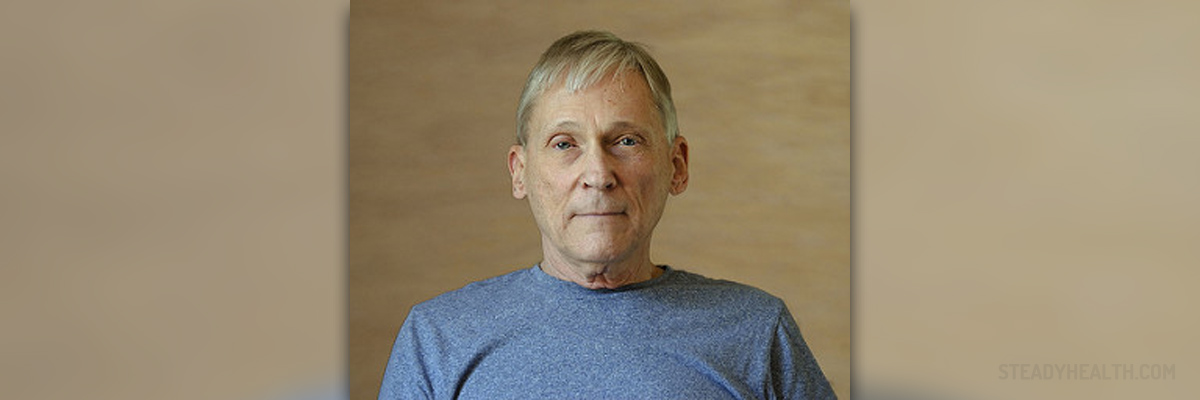
Since patients are not able to completely open the affected eye/eyes they have serious difficulties when it comes to reading and performing every day tasks. The effort they make in order to perform tasks may eventually cause straining and headache. It is of major importance to treat such patients as soon as possible. Droopy eyelid can cause additional problems, particularly in children who are still developing vision.
Clinical Characteristics of Droopy Eyelid
The leading sign of the condition, as the very name suggests, is drooping of the affected eyelid. Patients additionally complain about difficulty shutting or opening the eye and there may be extra skin around the eyelid. Such patients commonly tilt their heads back in order to see better. Droopy eyelid also contributes to eye fatigue and may cause crossed or misaligned eyes. Double vision is another complication of the condition.
What Are Causes of Droopy Eyelid?
There is a variety of causes of droopy eyelid. In some people droopy eyelid is congenital. On the other hand, the condition can be acquired. For example, many times acquired droopy eyelid is associated with trauma and subsequent damage to the muscles that raise the eyelid or the nerves that innervate these muscles. The levator muscle is the most important muscle for elevating the upper eyelid. If it does not develop properly or it is damaged, the person eventually ends up with droopy eyelid. Droopy eyelid may be a complication of an eye surgery. And finally, droopy eyelid is characteristic for several neurological disorders.
Treatment for Droopy Eyelid
The best way to treat droopy eyelid is surgical correction. The procedure is known under the name of blepharoplasty. In children the correction must be performed as soon as possible since there is an increased risk of crossed eyes or misaligned eyes if droopy eyelid is left untreated. Neglecting the problem may also cause another problem, lazy eye. The goal of the surgical procedure is to elevate the eyelid and achieve symmetry of both eyelids. Furthermore, the patient is provided with a full field of vision.
During blepharoplasty the surgeon tightens up the levator muscle and lifts the affected eyelid. The surgery is quite successful and patients do not lose the ability to move the eyelids.




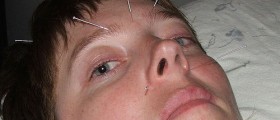


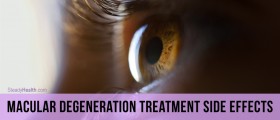


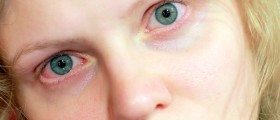




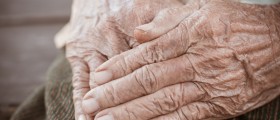

Your thoughts on this
Loading...